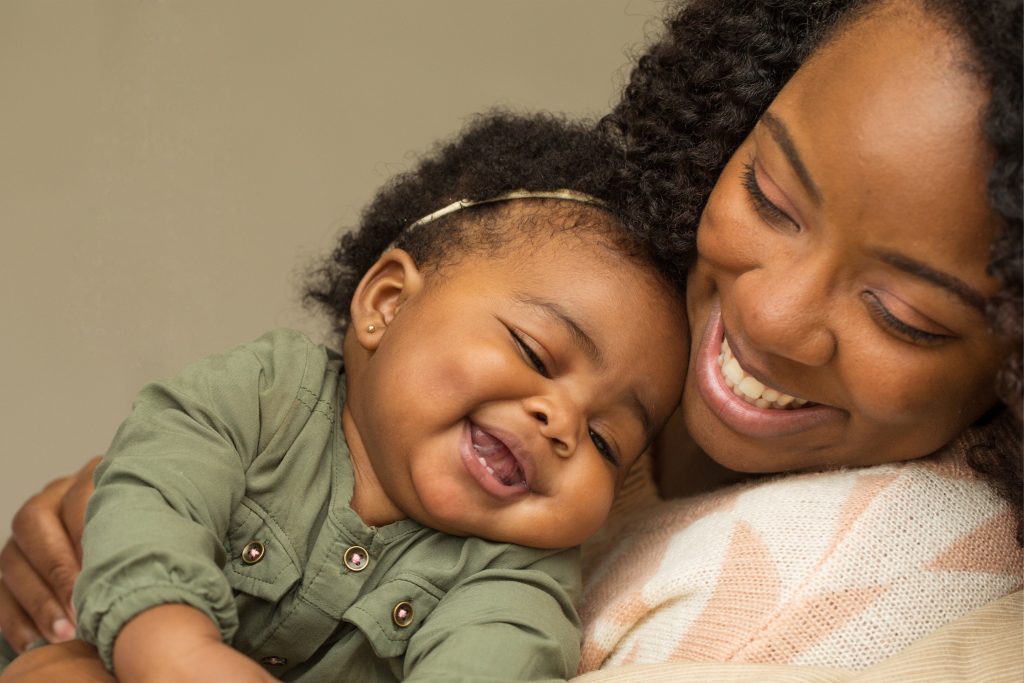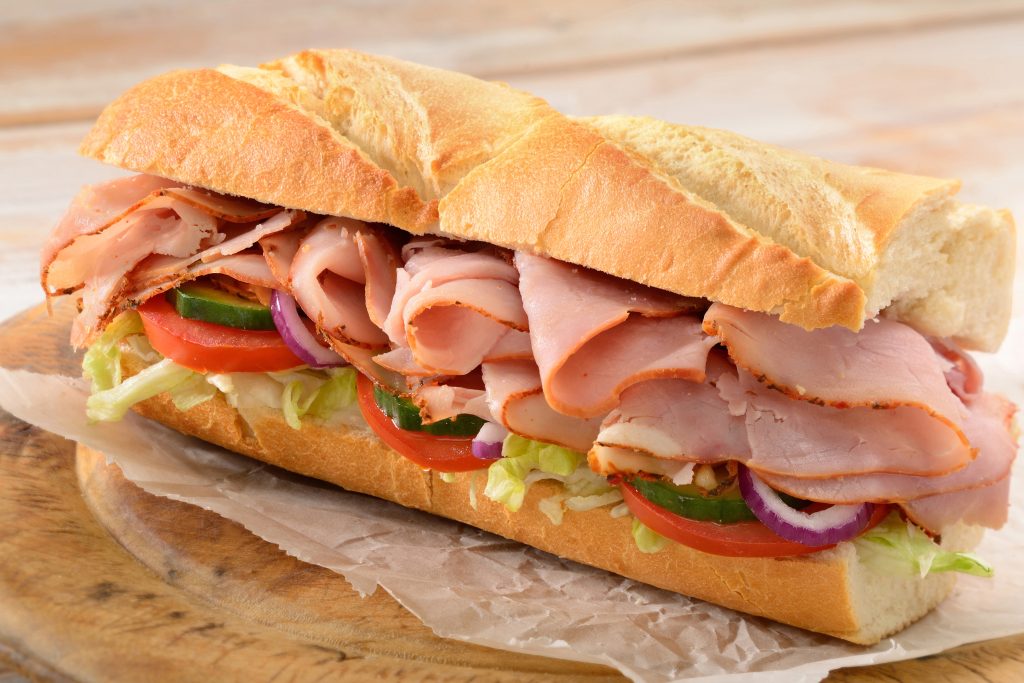Multicultural Products Case Study
Challenge
A major beauty industry company sought to better understand the needs and behaviors of Black, Latina, and multi-racial women regarding textured hair styling and hair coloring products to better serve a historically underrepresented market.
- Identify unmet needs in product selection, packaging, and in-store shopping experiences.
- Understand cultural influences and the emotional journey of hair care from childhood to adulthood.
- Explore how Black and Latina women shop for styling and coloring products across various retail formats.
Initial Findings
Through 24 in-store shop-alongs in Texas and Connecticut, researchers uncovered strong emotional and cultural narratives tied to hair care.
- Many women experienced frustration growing up due to lack of suitable products and painful styling experiences.
- While confidence and hair acceptance have grown, product exploration remains a key part of their identity and self-care.
- Target and Walmart are preferred for selection, while drugstores attract quick visits or coupon-driven shopping.
- Women use social media, word of mouth, and visual cues (e.g., models with similar features) to guide purchases.
- Latina women often feel “in between” the ethnic and mainstream aisles and seek clearer representation.
Actionable Insights
Insights from this research provided this company with specific opportunities to improve messaging, product development, and retail strategy.
- Organize products by hair type and styling purpose rather than by ethnicity to foster inclusivity and exploration.
- Use representative models of various textures and skin tones on packaging, particularly for hair coloring products.
- Incorporate natural and recognizable ingredients—especially hydrating and strengthening oils.
- Use Spanish language cues (“formulado para ti,” “rizos,” “para tu belleza”) to signal relevance for Latinas.
- Implement informational aids in-store such as QR codes, swatches, or mirrored displays to reduce trial-and-error.
- Avoid packaging that feels “cheap” due to material or pricing that undermines perceived quality.
Outcome
They gained a rich understanding of its multicultural hair consumers and their evolving needs.
- The research validated existing consumer pain points and confirmed a growing demand for culturally responsive products.
- Insights informed product packaging revisions, in-store placement strategies, and multicultural marketing efforts.









